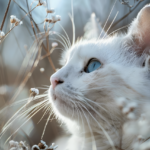From the majestic big cats roaming the wild to the cuddly companions curling up on our laps, the journey of wild cats evolving into domesticated house cats is a fascinating tale of adaptation and mutual benefit. This article delves into the history, biology, and unique characteristics that mark this incredible transformation.
The Dawn of Feline Domestication
The domestication of cats is believed to have begun around 10,000 years ago in the Near East, a region known today as the Middle East. Unlike dogs, who were actively bred by humans for specific traits, cats took a more self-guided path to domestication. They were drawn to human settlements, attracted by the abundance of rodents. As humans began to settle and farm, grains stored by early farmers attracted rodents, which in turn attracted wild cats. This mutually beneficial relationship laid the foundation for domestication.
From Solitary Hunters to Social Creatures
Wild cats are typically solitary animals, but the transition to domestication required them to adapt to more social settings. Living in proximity to human communities, they learned to tolerate not only other cats but also human beings. This shift from solitude to social interaction was a significant step in the evolution of the modern house cat. Cats maintained their independence but developed a level of social tolerance that allowed them to thrive alongside humans.
The Role of Genetics in Domestication
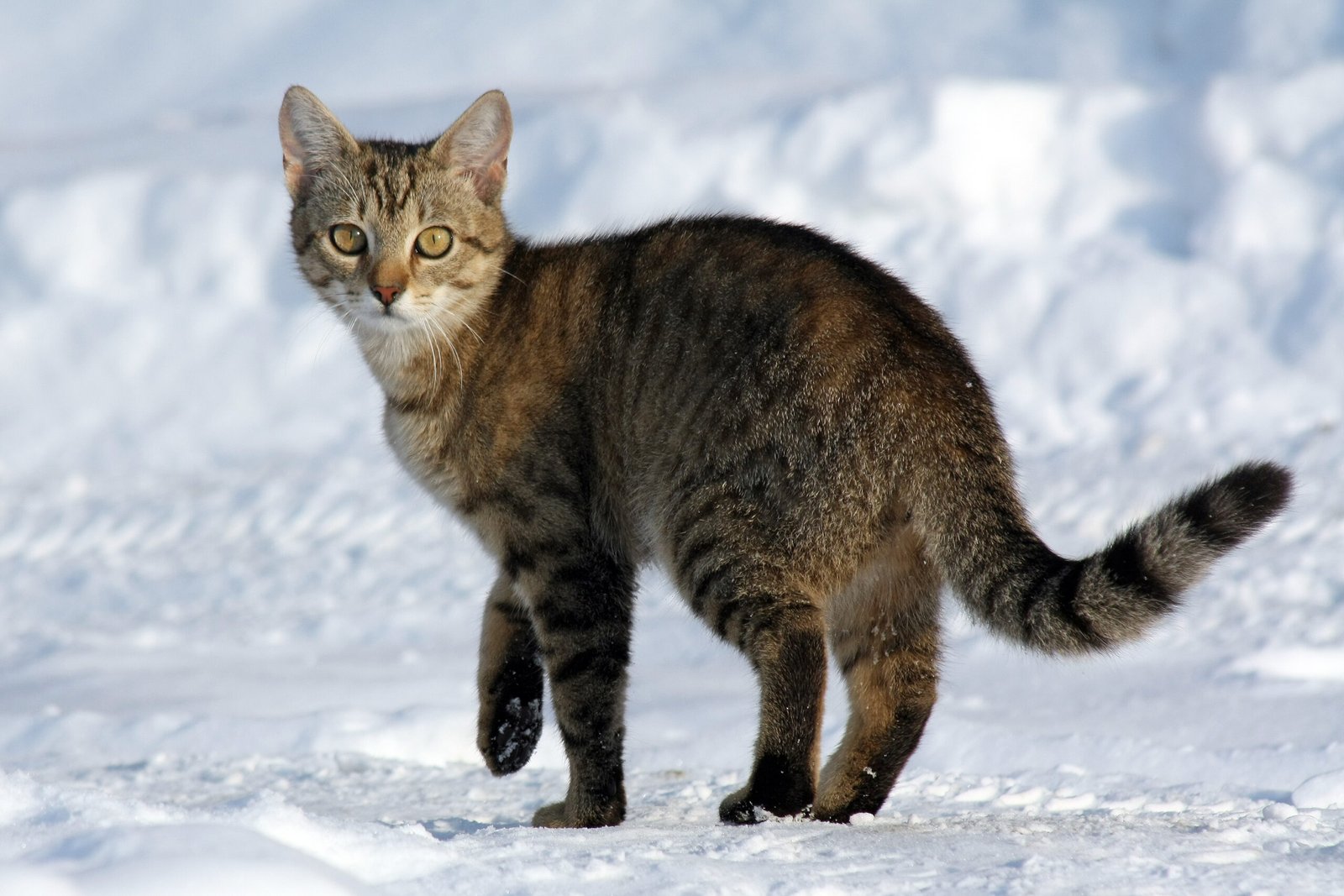
The genetic journey from wild to domestic has been a subtle yet vital aspect of feline evolution. Studies have shown that domestic cats share a large portion of their DNA with their wild ancestors. However, specific genes related to behavior, memory, and fear response have seen significant changes. These genetic adaptations have helped cats transition from wary wild animals to the affectionate companions we know today. It’s a testament to how small genetic shifts can have profound impacts on behavior and lifestyle.
Feline Features: Traits That Survived the Evolution
Despite their domestication, cats have retained many of their wild traits. Their sharp retractable claws, keen eyesight, and acute hearing are reminiscent of their wild ancestors. These features are not just remnants of their past but also tools that continue to serve them well in their new roles as hunters of household pests. The ability to pounce, climb, and stalk makes them effective hunters, even if their prey is now more often a toy or a laser dot rather than a rodent.
The Influence of Ancient Cultures
Cats have played significant roles in various ancient cultures, particularly in Egypt, where they were revered and even worshipped. The Egyptians saw cats as symbols of grace and protection, and they were often associated with the goddess Bastet. This cultural reverence not only helped in their domestication but also in their spread across different regions. The respect and care afforded to cats in these cultures ensured their survival and propagation.
Spread Across the Continents
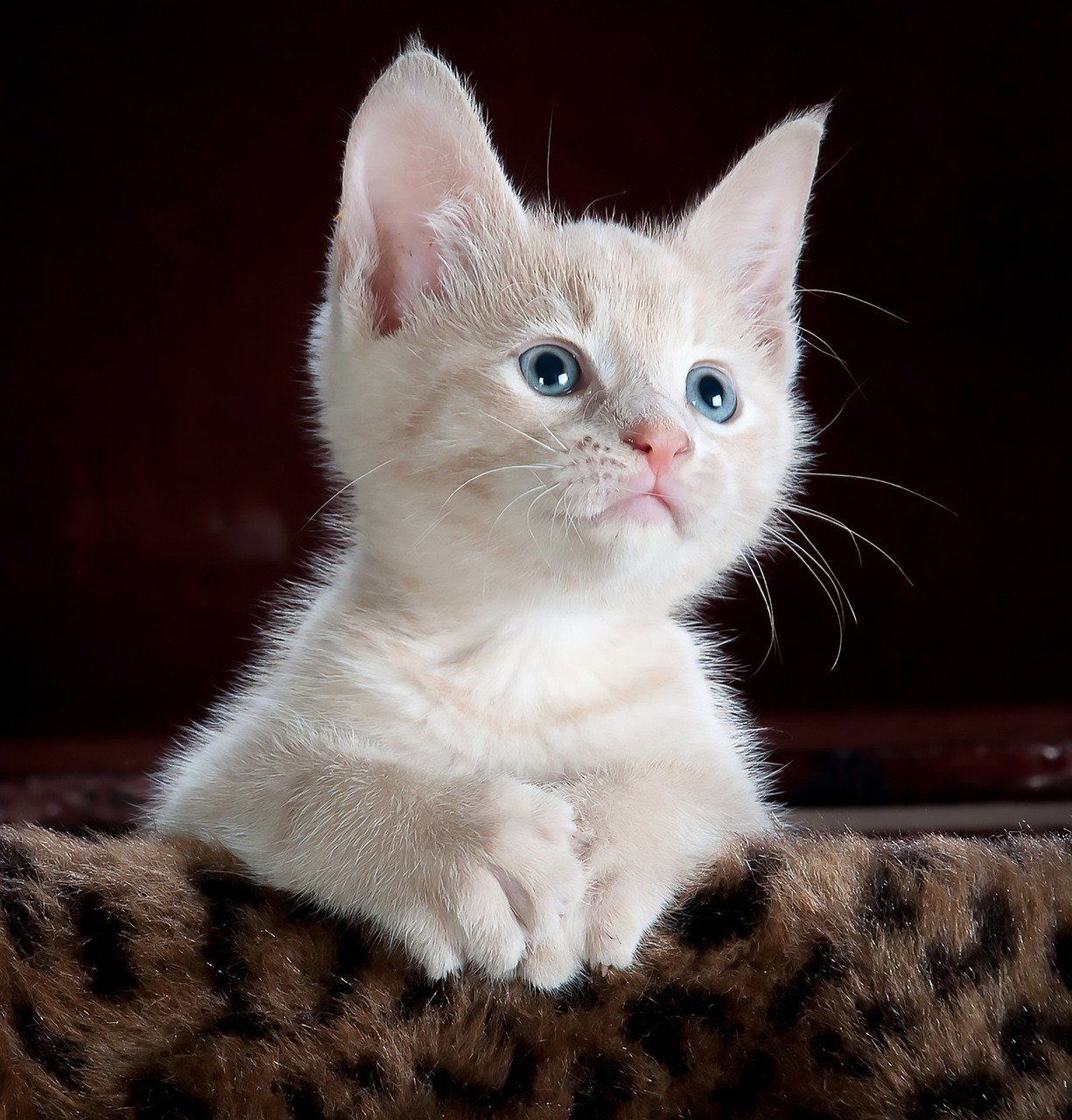
As trade routes expanded, cats traveled with merchants, sailors, and explorers, spreading their influence across the globe. Their ability to control pests made them valuable companions on ships and in new settlements. This global spread allowed cats to adapt to various environments and climates, further diversifying their genetics. From the deserts of Africa to the forests of Europe, cats have shown remarkable adaptability.
The Birth of the Modern House Cat
The Victorian era marked a significant turning point in the perception of cats. No longer just pest controllers, cats began to be appreciated as companions and pets. This era saw the rise of cat fancy, the breeding and showcasing of cats with distinct traits and appearances. Breeds like the Persian, Siamese, and Maine Coon became popular, each with unique characteristics and histories tied to different parts of the world.
Understanding Feline Behavior
Despite their domestication, cats retain many behaviors rooted in their wild ancestry. Their penchant for hunting, grooming, and territorial marking are all behaviors inherited from their wild predecessors. Understanding these behaviors helps cat owners provide environments that meet their pets’ physical and psychological needs. For instance, providing scratching posts and interactive toys can help satisfy a cat’s natural instincts.
The Cat-Human Bond: A Unique Relationship
The bond between cats and humans is unique, characterized by mutual respect and affection. Unlike dogs, who often seek constant attention, cats are content with their own company but also enjoy their human companions. This balance of independence and companionship makes them ideal pets for many people. The emotional connection between cats and their owners is a testament to the successful transition from wild to domestic, where both parties benefit from the relationship.
The Role of Cats in Modern Society
Today, cats are more than just pets; they are companions, stress-relievers, and even social media stars. They provide emotional support, companionship, and joy to millions of people around the world. With the rise of the internet, cats have become cultural icons, captivating audiences with their charm and antics. This modern role underscores their successful evolution and adaptation to human society.
The Science of Cat Communication
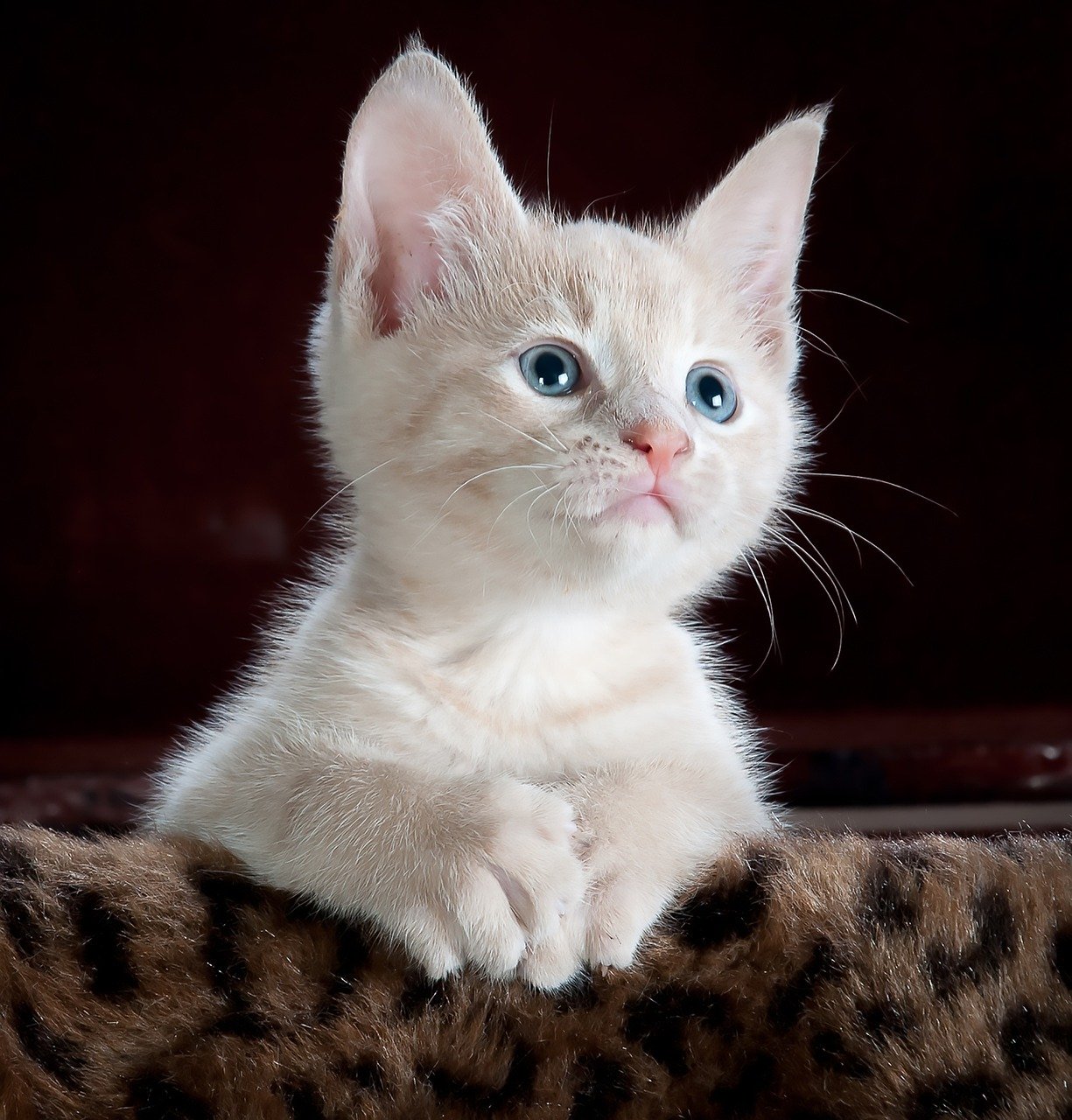
Cats communicate with humans through a range of vocalizations, body language, and even facial expressions. Understanding these signals can enhance the bond between cats and their owners. For instance, a cat’s purr is often seen as a sign of contentment, while a flicking tail can indicate agitation or curiosity. By learning to interpret these signals, humans can create a more harmonious living environment with their feline companions.
Cats in Popular Culture
Cats have long been a staple in literature, film, and art. From the Cheshire Cat in “Alice in Wonderland” to the musical “Cats,” these animals have captured the imagination of creators and audiences alike. Their mysterious, independent nature makes them intriguing subjects for storytelling. This cultural presence not only reflects their importance in society but also helps in their continued popularity and appreciation.
The Health Benefits of Owning a Cat
Studies have shown that owning a cat can have numerous health benefits. The act of petting a cat can lower stress and anxiety levels, while their presence can provide comfort and companionship. Cats are known to help with emotional well-being, offering support and solace to those in need. This therapeutic role adds another layer to the multifaceted relationship between humans and cats.
Challenges in Cat Ownership
While cats are generally low-maintenance pets, they do come with their own set of challenges. Issues such as litter box training, scratching furniture, and dietary needs require attention and understanding from owners. Responsible cat ownership involves meeting these challenges with patience and care, ensuring that both the cat and the owner enjoy a harmonious living arrangement.
Conservation and the Future of Cats
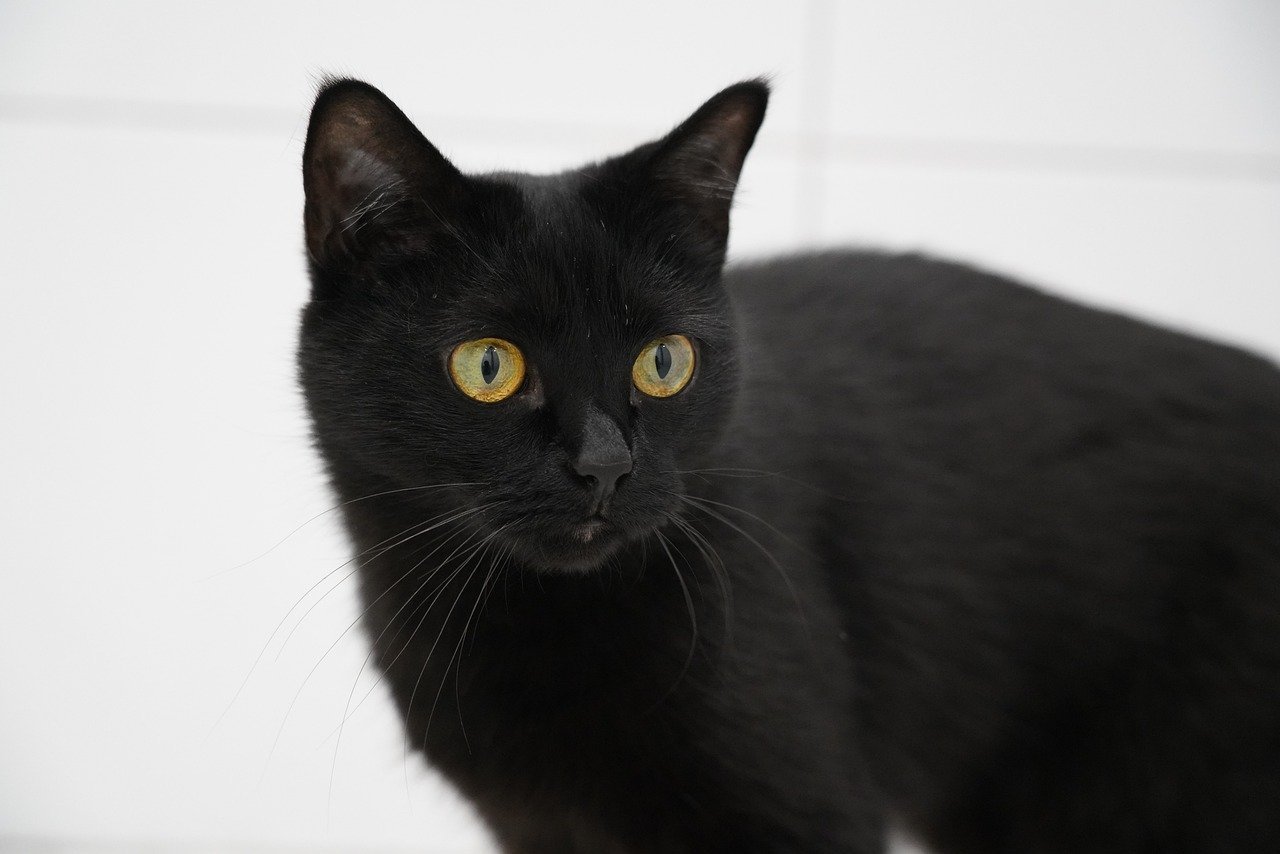
As we continue to enjoy the companionship of domestic cats, it’s important to remember their wild counterparts. Conservation efforts are crucial to protect the various wild cat species that are threatened by habitat loss and poaching. By supporting conservation initiatives, we can help maintain the diversity and beauty of all feline species, ensuring that wild cats continue to thrive in their natural habitats.
Conclusion
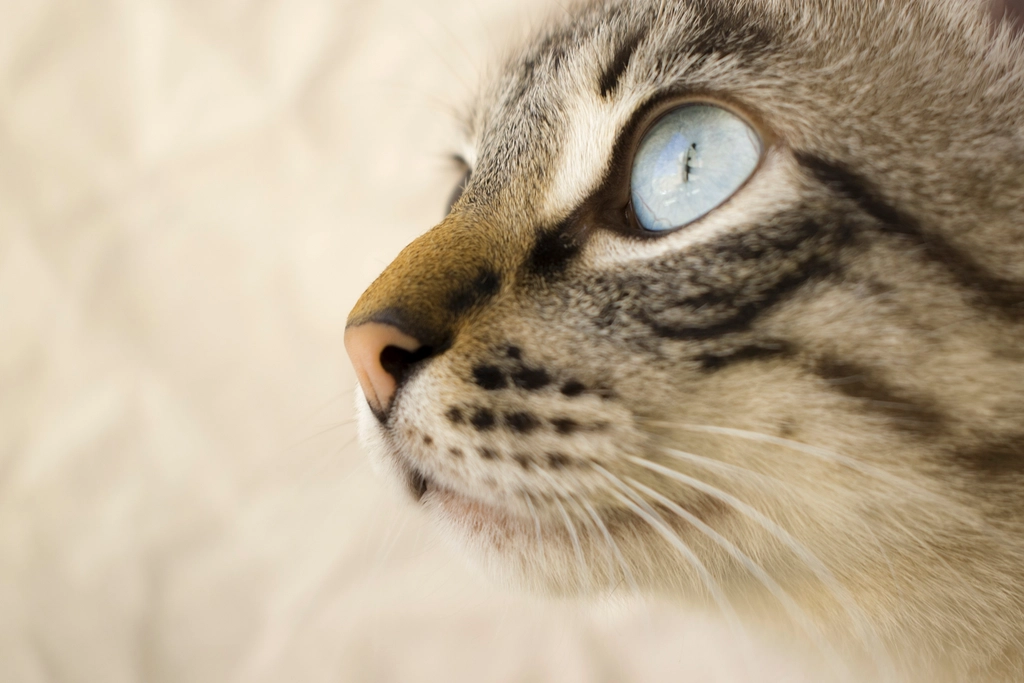
The journey of wild cats into our homes as beloved pets is a testament to their adaptability and resilience. From ancient hunters to modern companions, cats have navigated a complex evolutionary path that has seen them become an integral part of human society. Their story is one of mutual benefit, where both humans and cats have found companionship, utility, and joy in each other’s presence. This evolution is not just a tale of survival but also a celebration of the unique bond that continues to grow and flourish.






